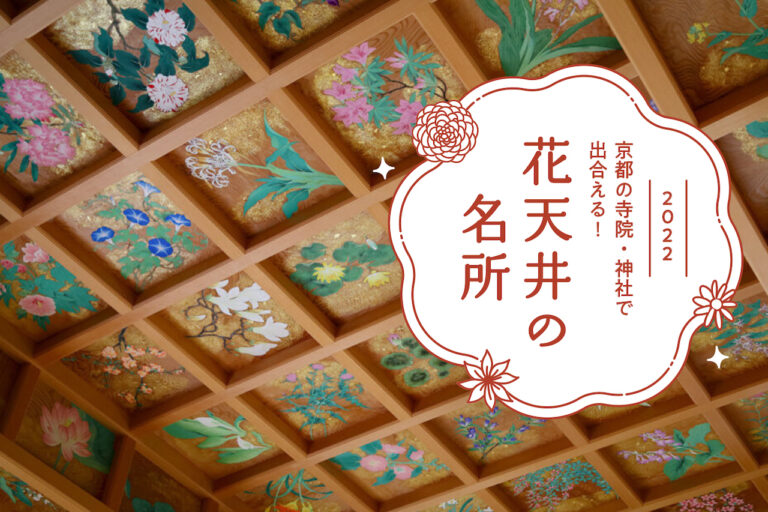
Meet at Temples and Shrines in Kyoto! 10 Places to Visit for Flower Ceilings
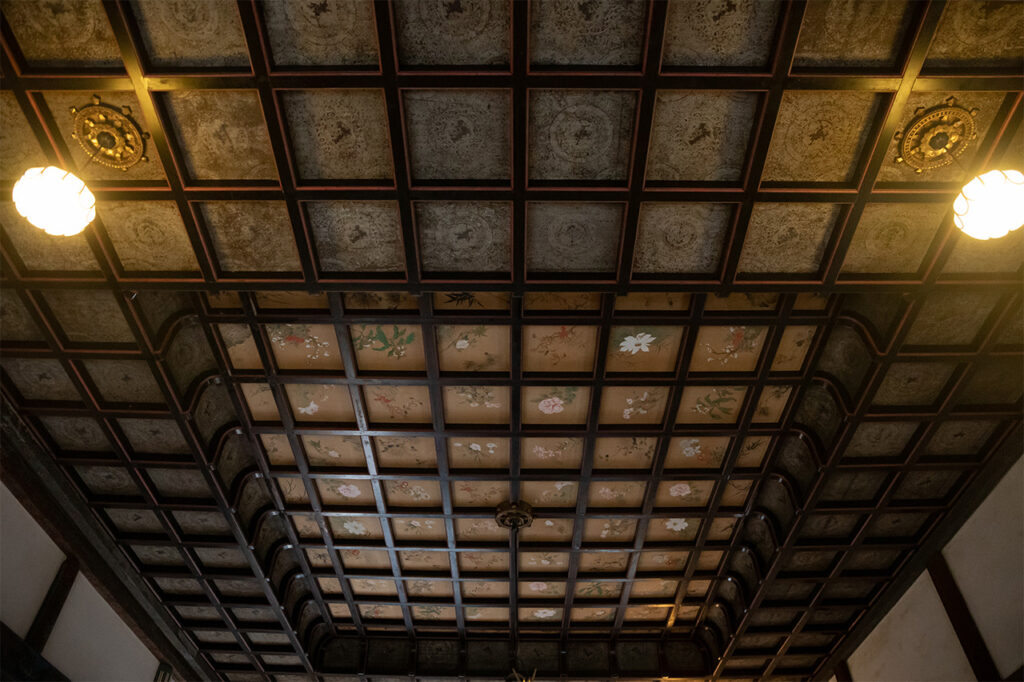

A nun-monzeki temple of the Jodo sect, also called Jouban Gosho. After the temple was destroyed by fire during the Onin and Bunmei wars, Emperor Go-Tsuchimikado granted the temple land and it was settled in its present location. The interior of the hall has a high, prestigious folded ceiling with a magnificent 80-sided floral ceiling in the center. The elegant and dainty atmosphere of the flowers, which is typical of nun monzeki, is a sight to behold.
A nun-monzeki temple of the Jodo sect, also called Jyoban Gosho. It was founded in 1356 by Princess Shinko, daughter of Emperor Go-Fushimi, in Ichijo-Kita, Muromachi. After the temple was destroyed by fire during the Onin and Bunmei wars, Emperor Go-Tsuchimikado granted the temple land and it was settled at its present location. The main temple building houses a standing statue of Shakyamuni Buddha in the Seiryo-ji style, said to have been made in the early Kamakura period. The interior of the hall is decorated with a high, prestigious folded ceiling, and the 80-sided flower ceiling in the center of the hall is magnificent. The elegant and dainty atmosphere of the flowers, which is typical of nun monzeki, is a sight to behold. The temple grounds are also home to Jouban Kaikan, which was moved from the building used during the Showa Period (1926-1989). Normally, these buildings are closed to the public, but they are open to the public on special occasions, so take the opportunity to visit.
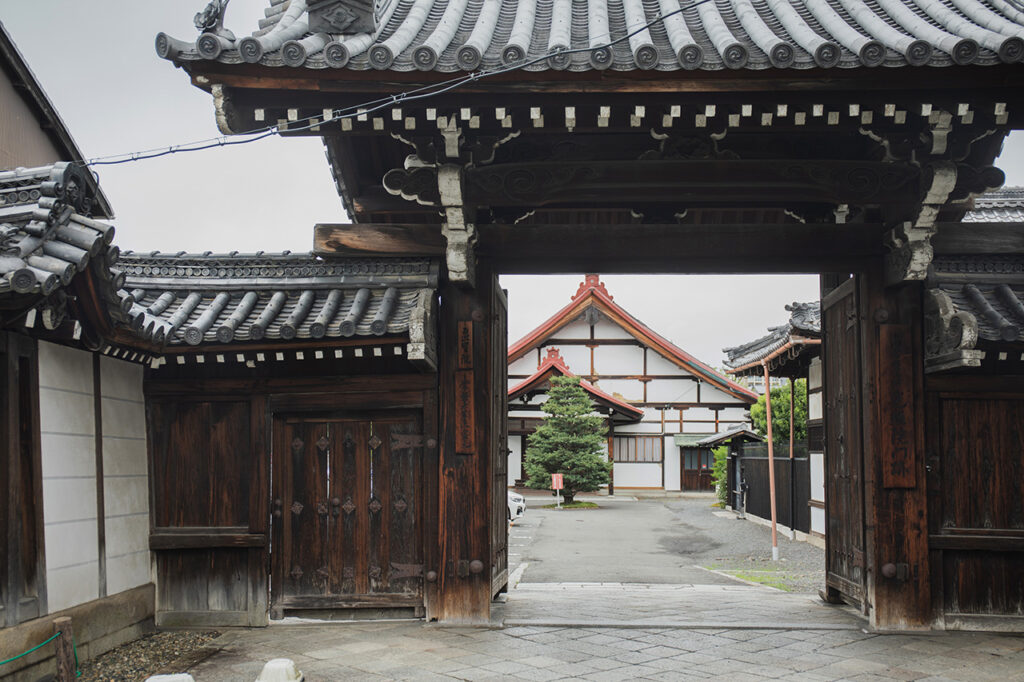

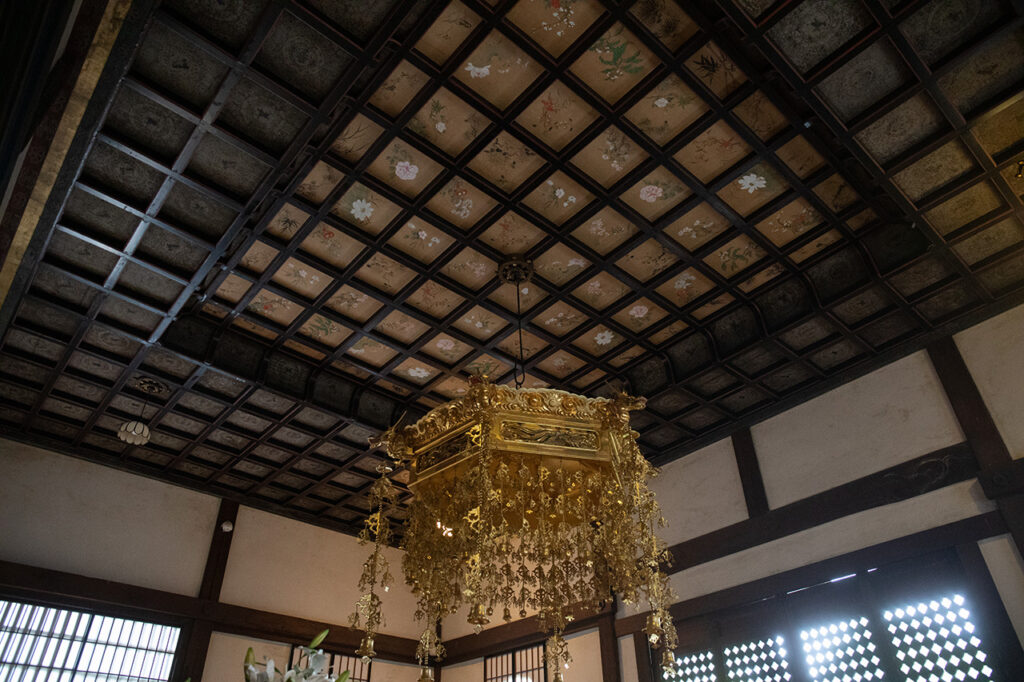
Elegance worthy of the name of Joban Gosho

The floral ceiling by Kyoto-born nanga artist Naogai Tanomura was created in 1968, the same year the main hall was built. It depicts plum blossoms, chrysanthemums, lotuses, and other flowers.
Jyoban Kaikan is a relocated building that was part of the Datame Palace Choshusho, which was used during the Showa Emperor's Enthronement Ceremony. The interior, which retains its original appearance, has a large hall with a crimson carpet and a coffered ceiling, and is filled with elegance.
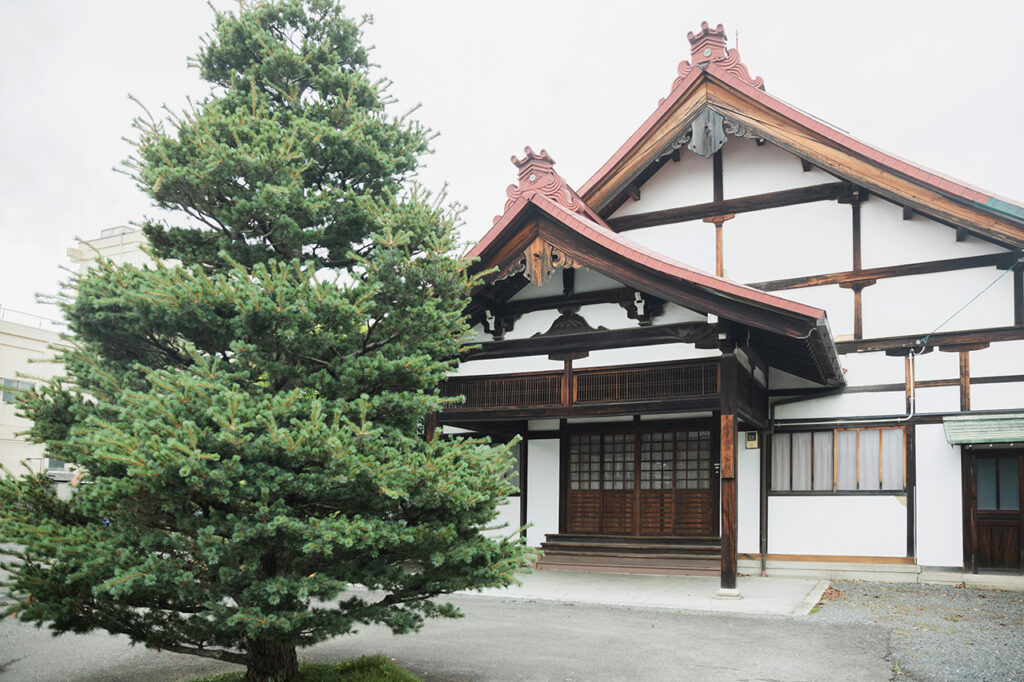

The main hall, with its flower ceiling, was donated by Jiro Yamanaka in 1968. The building, with its white walls and hanagashira (flower-headed) windows, has the solemn appearance of a zendo (Zen temple).
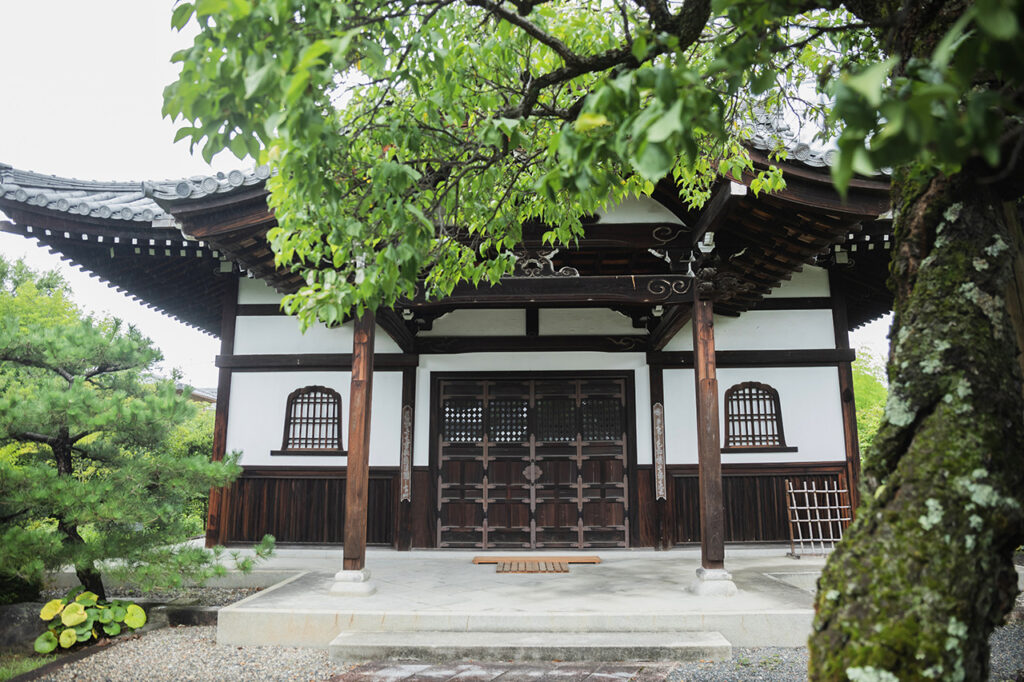

The 500-year-old Goyomatsu (five-leaf pine) was hand-planted by the gatekeeper of the temple. Goyomatsu is a pine tree with five leaves in a bunch. The long, horizontal, imposing branches are a sight to behold. It stands in the center of the dry landscape garden that can be viewed from the shoin.
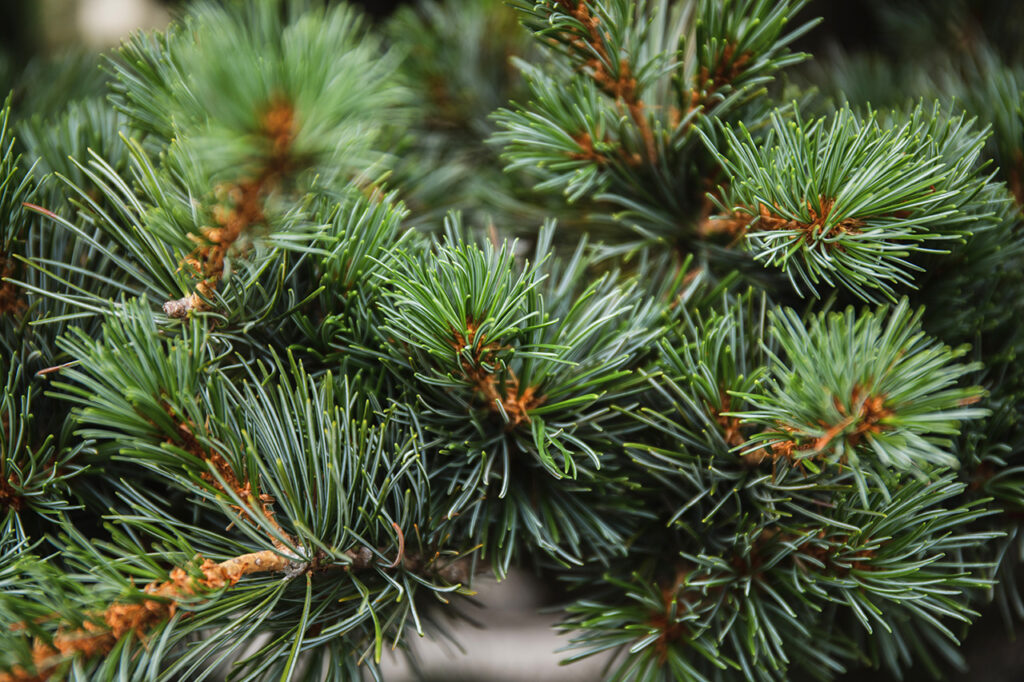

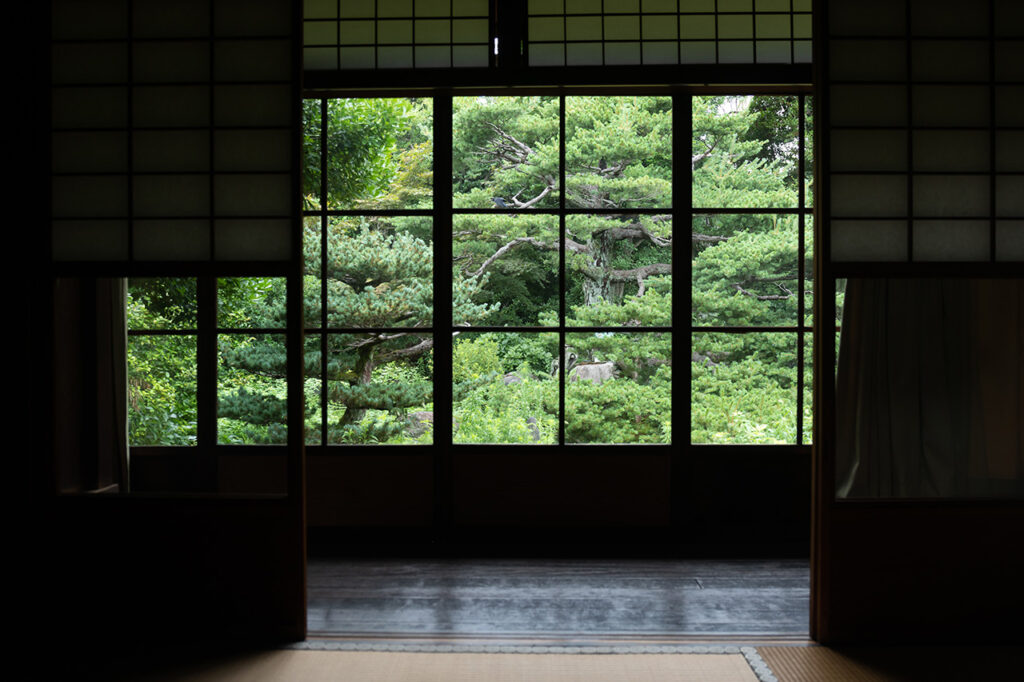

Over 600 interviews per year! An order site carefully selected by the editors who knows Kyoto and Shiga.
nowOfficial LINE friend registration500 yen OFF coupon is being issued!
Distributed every Friday morning at 8:00 am! From new restaurant information to event information that we want to share with you, We deliver articles about Kyoto that are useful to know. About 20,000 people have registered.Click here to add a friend!
 News
News Feature article
Feature article Featured event
Featured event